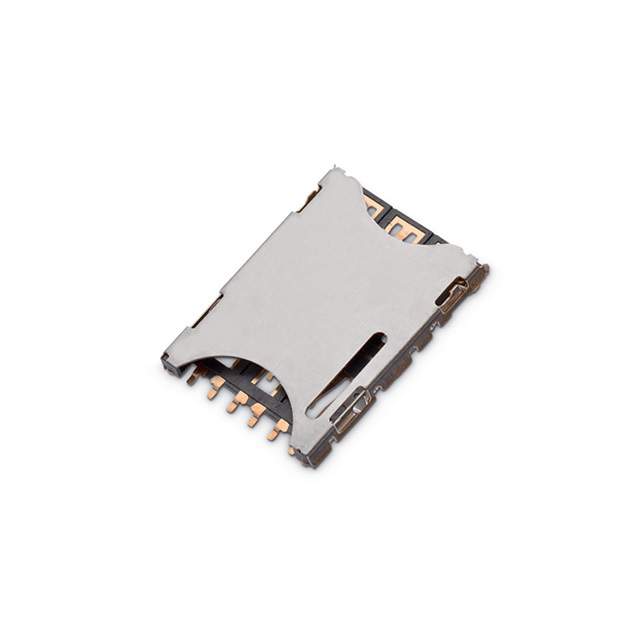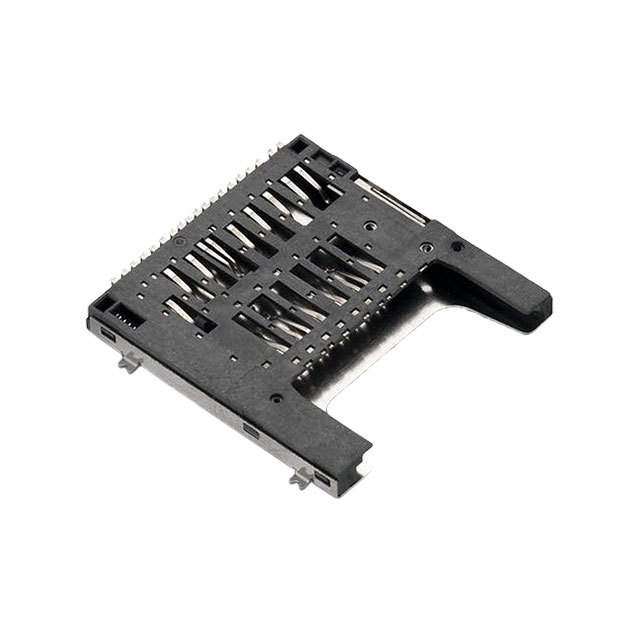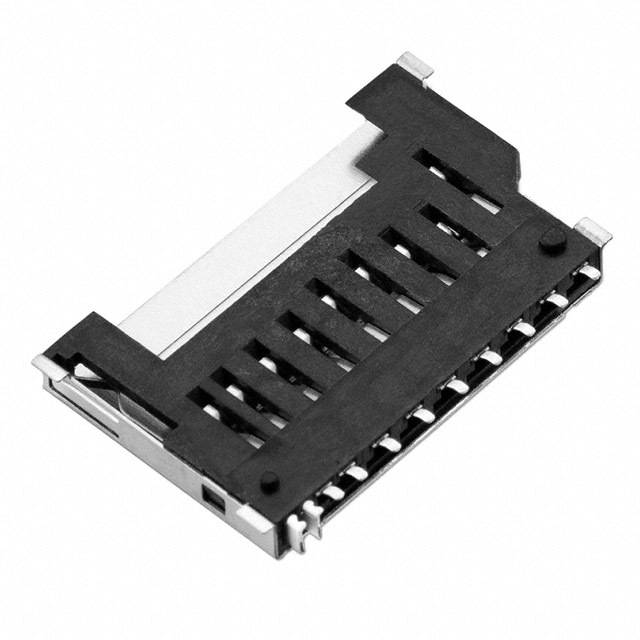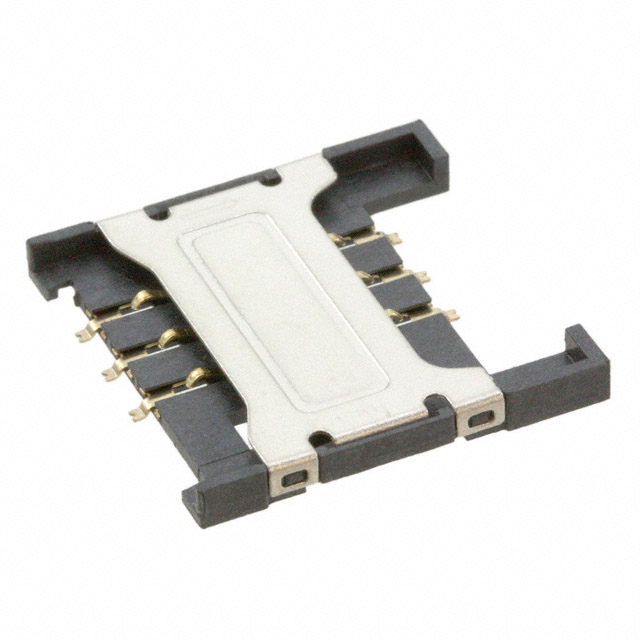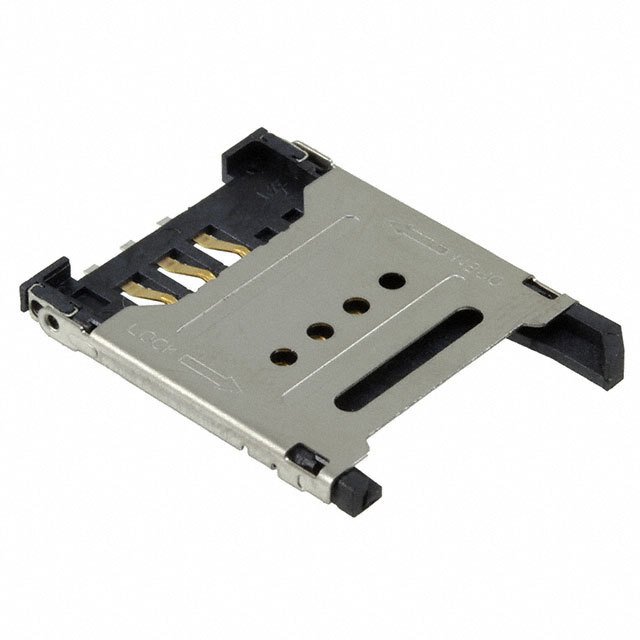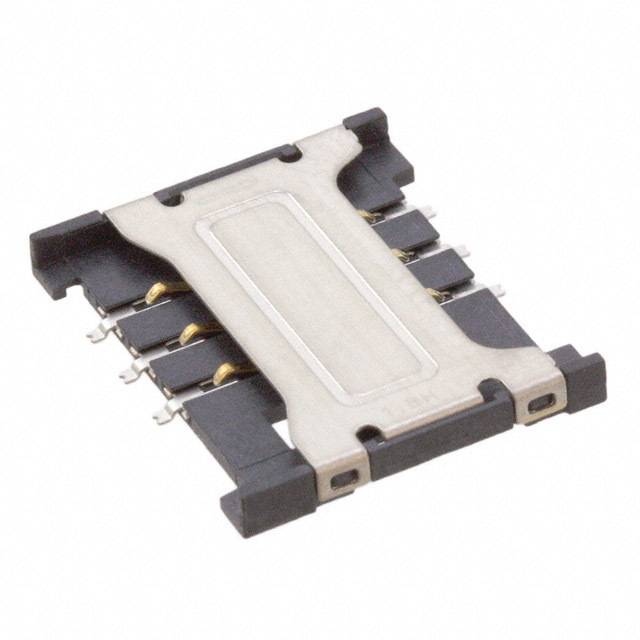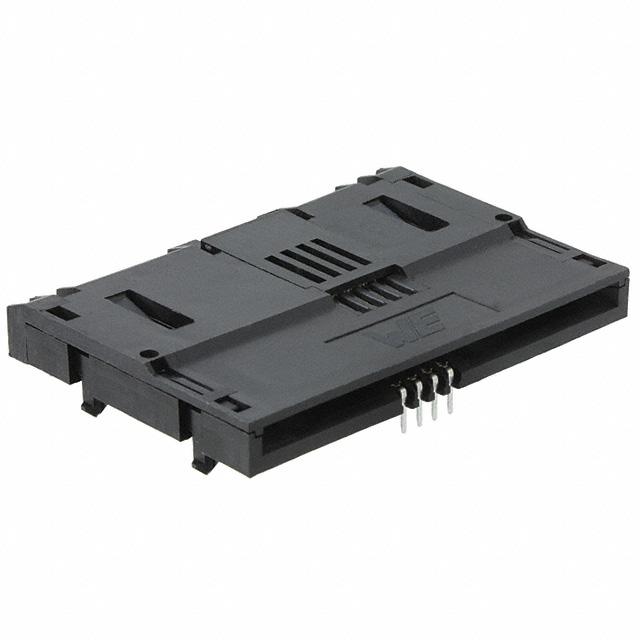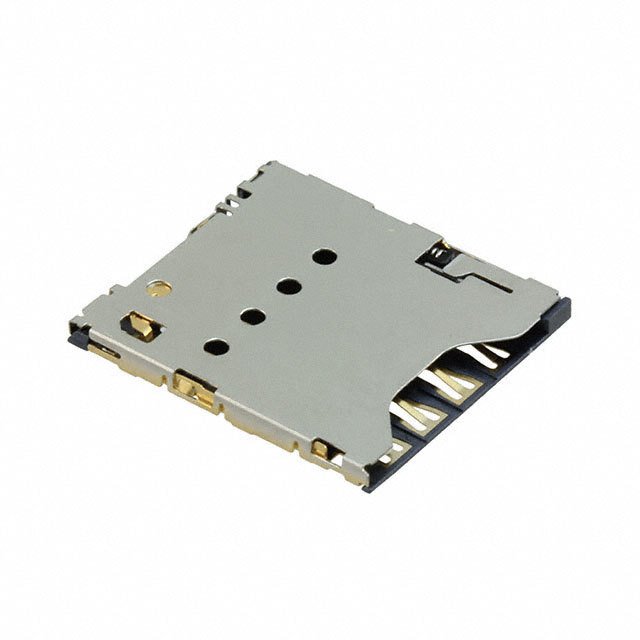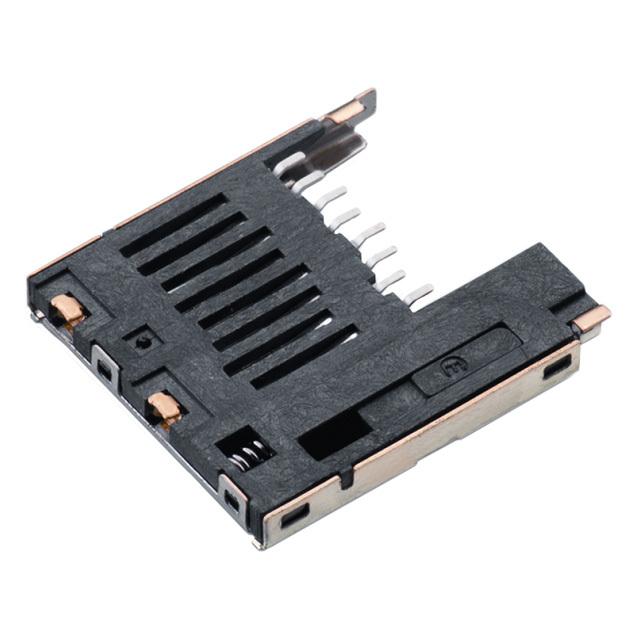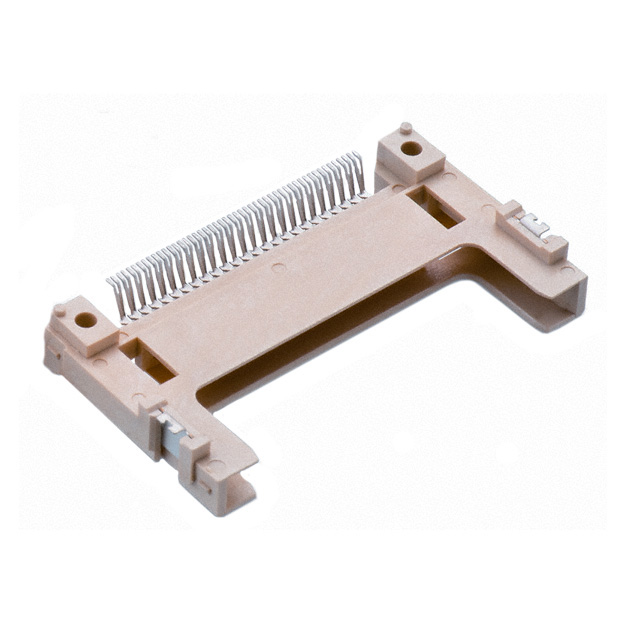Brief description of inductors
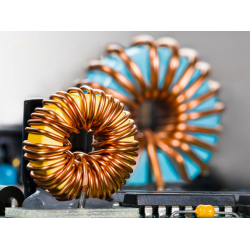
Brief description of inductors
Inductor structure
How Inductors Work
Inductor Characteristics
Inductor classification
Inductor function
Inductor development history
Inductor is a component that can convert electrical energy into magnetic energy and store it. The structure of an inductor is similar to that of a transformer, but it has only one winding. An inductor has a certain inductance, which only blocks changes in current. If the inductor is in a state where no current is flowing through it, it will try to block the flow of current through it when the circuit is turned on; if the inductor is in a state where current is flowing through it, it will try to maintain the current flow when the circuit is off. Inductors are also called chokes, reactors, and dynamic reactors.
Inductor structure
Inductors generally consist of a skeleton, windings, shields, packaging materials, magnetic cores or iron cores.
1.Skeleton
The skeleton generally refers to the bracket around which the coil is wound. Some larger fixed inductors or adjustable inductors (such as oscillating coils, choke coils, etc.) are mostly made of enameled wire (or yarn covered wire) wrapped around the skeleton, and then the magnetic core or copper core, iron core, etc. Install it into the inner cavity of the skeleton to increase its inductance. The skeleton is usually made of plastic, bakelite, or ceramics, and can be made into different shapes according to actual needs: small inductors (such as color-coded inductors) generally do not use a skeleton, but directly wind the enameled wire around the magnetic core; air-core inductors (Also known as bodiless coil or air-core coil, mostly used in high-frequency circuits) Instead of using a magnetic core, a frame, a shield, etc., it is first wound on the mold and then the mold is taken off, and a certain distance is opened between each turn of the coil. .
2. Winding
A winding refers to a set of coils with specified functions and is the basic component of an inductor. Windings are divided into single layer and multi-layer. Single-layer windings come in two forms: dense winding (the wires are wound one turn after another) and interwinding (the wires in each turn are spaced a certain distance apart during winding). Multi-layer windings are divided into layered flat winding and random winding. There are many kinds of winding, honeycomb winding and so on.
3. Magnetic core and magnetic rod
Magnetic cores and magnet rods generally use materials such as nickel-zinc ferrite (NX series) or manganese-zinc ferrite (MX series). They have "I" shape, column shape, hat shape, "E" shape, can shape, etc. kind of shape.
4. Iron core
Core materials mainly include silicon steel sheets, permalloy, etc., and their shapes are mostly "E" shaped.
5.Shielding cover
In order to prevent the magnetic field generated by some inductors from affecting the normal operation of other circuits and components during operation, a metal screen cover is added (such as the oscillation coil of a semiconductor radio, etc.). Inductors using shields will increase the loss of the coil and reduce the Q value.
6.Packaging materials
After some inductors (such as color code inductors, color ring inductors, etc.) are wound, the coils and cores are sealed with packaging materials. The packaging material is plastic or epoxy resin.
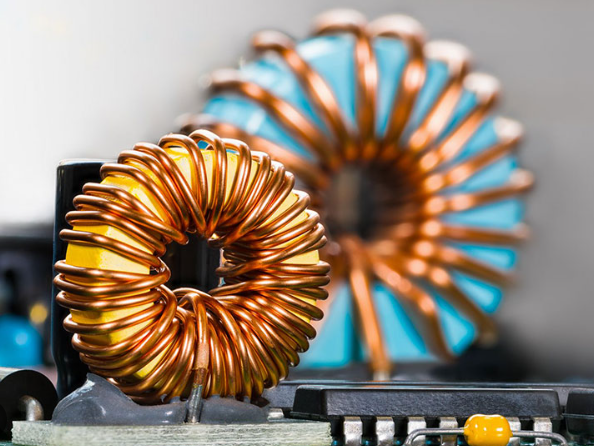
How Inductors Work
The working principle of an inductor is divided into two parts: the working process of the inductor after energizing the inductor, when the inductor generates a magnetic field from electricity; the working process of the inductor in an alternating magnetic field, when the inductor generates alternating current from magnetism.
Regarding the working principle of the inductor, Dongguan Crystal Magnetic Inductor mainly explains the following points:
(1) When AC current is passed into the coil, an alternating magnetic field is generated around the inductor. This magnetic field is called the original magnetic field.
(2) When DC current is passed through the inductor, a constant magnetic field with constant size and direction is generated around the inductor.
Inductor Characteristics
The characteristics of an inductor are exactly opposite to those of a capacitor. It has the characteristics of preventing the passage of alternating current and allowing the smooth passage of direct current. The resistance when the DC signal passes through the coil is the resistance voltage drop of the wire itself. When the AC signal passes through the coil, a self-induced electromotive force will be generated at both ends of the coil. The direction of the self-induced electromotive force is opposite to the direction of the applied voltage, hindering the passage of AC. .
Therefore, the characteristics of the inductor are to pass DC and resist AC. The higher the frequency, the greater the coil impedance. Inductors often work together with capacitors in circuits to form LC filters, LC oscillators, etc. In addition, people also use the characteristics of inductors to create chokes, transformers, relays, etc.
Inductor classification
Self-inductor:
When a current flows through the coil, a magnetic field is generated around the coil. When the current in the coil changes, the magnetic field around it also changes accordingly. This changed magnetic field can cause the coil itself to generate an induced electromotive force (induced electromotive force) (the electromotive force is used to represent the terminal voltage of the ideal power supply of the active component). This It’s self-feeling.
An electronic component that is wound with wires, has a certain number of turns, and can produce a certain amount of self-inductance or mutual inductance. It is often called an inductor coil. In order to increase the inductance value, improve the quality factor, and reduce the size, an iron core or magnetic core made of ferromagnetic material is often added. The basic parameters of an inductor include inductance, quality factor, inherent capacitance, stability, passing current and frequency of use, etc. An inductor composed of a single coil is called a self-inductor, and its self-inductance is also called the self-inductance coefficient.
Transformer:
When two inductor coils are close to each other, the change in the magnetic field of one inductor coil will affect the other inductor coil. This effect is called mutual inductance. The size of the mutual inductance depends on the degree of coupling between the self-inductance of the inductor coil and the two inductor coils. The component made using this principle is called a mutual inductor.
Inductor action
Inductors mainly play the roles of filtering, oscillation, delay, and notch in the circuit, as well as screening signals, filtering noise, stabilizing current, and suppressing electromagnetic interference.
edit author:

Jinftry(Hong Kong registered company name: JING FU CAI (HONGKONG) INTERNATIONAL CO., LIMITED) is an electronic parts distributor selling latest electronic components including integrated circuits, IC electronics, IC integrated circuits, IGBT, IGBT modules, button battery LR44,discrete te semiconductors, circuit protection, capacitors, resistors, Inductor, potentiometers, transformers, isolators, crystals , oscillators, resonators, power managers, connectors, switches, relays, sensors, optoelectronic devices, diodes, and various batteries. Welcome to purchase electronic components from brand manufacturers. To view the solutions, you can log in to https://www.jinftry.com/ for inquiries

